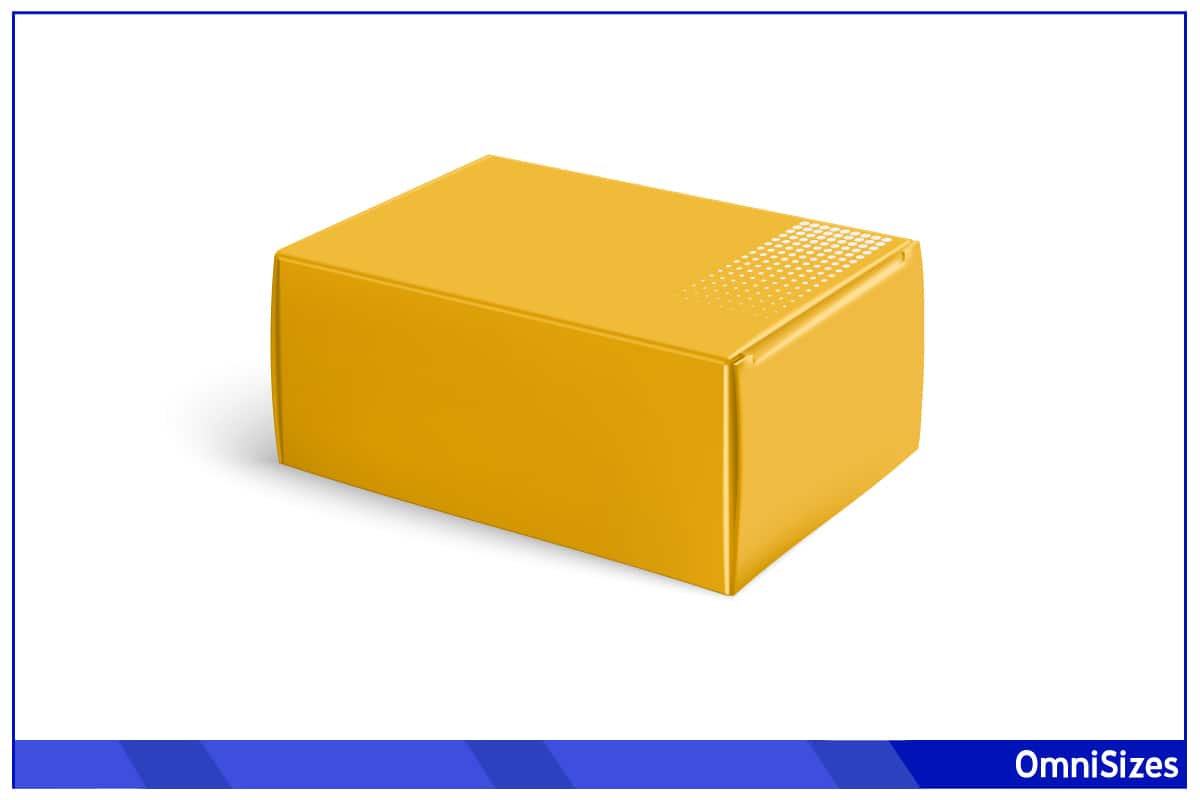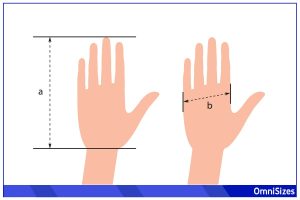When it comes to understanding the dimensions of an object, a common question arises: “What comes first, length, width, or height?” This query reflects our everyday interactions with various items, from furniture to small gadgets. Understanding these dimensions is about comprehending how things fit in our world.
Traditionally, dimensions are listed as length × width × height. For instance, a box measuring 8 × 4 × 3 inches means it’s 8 inches long, 4 inches wide, and 3 inches tall. This order is based on standard practice rather than a strict rule.
Now, let’s unravel the mystery of the order of dimensions. This guide will cover basic measurement concepts, practical applications, and how depth fits into the picture.
Basic Concepts
Whether you’re buying furniture, packing a suitcase, or engaging in a DIY project, the terms length, width, and height define the size and shape of everything around us.
- Length is typically the longest dimension of an object. It’s how long something is from one end to the other. In a room, it’s often the measurement from one wall to the opposite wall.
- Width, also known as breadth, is the measurement across an object, perpendicular to length. When you’re looking at a painting, width is how wide the painting is from left to right.
- Height is how tall something is, measuring from the base to the top. It’s the vertical dimension. When you stand next to a tree, its height is how far it is from the ground to its top.
The Order of Dimensions
The order in which we place length, width, and height matters, but it’s not set in stone. It’s like a universal code that helps everyone understand the size and shape of things in a consistent way.
Which Comes First? A Logical Approach
The most common sequence is length × width × height. Imagine a shoebox: its length is the longest side, width is the shorter side from left to right, and height is how tall it stands. This order helps in visualizing and describing the size of objects more intuitively.
Cultural Variations in Dimensional Ordering
Different cultures and industries may flip this order. For instance, in some places, people might say height × width × length. In art, width might come before height. It’s all about context. The important thing is to stay consistent once you start using a particular order.
Practical Applications

Grasping the dimensions of length, width, height, and depth isn’t just for math whizzes. It will come in handy from fitting furniture into your living room to packing a suitcase.
Reading Dimensions in Everyday Life
Let’s talk about shopping for a new couch. You’d need to know its length, width, and height to make sure it fits perfectly in your living room. It’s the same deal when you’re trying to fit a new appliance in your kitchen. Knowing these dimensions saves you from buying something that just won’t fit.
How Professionals Use Dimensions
In industries like construction, retail, and manufacturing, dimensions are a big deal. Accurate measurements ensure that parts fit together perfectly, products are the right size, and buildings are safe. Professionals use standardized units like inches or centimeters for precision.
Length vs. Width
When comparing length and width, think of a dining table. Its length is how long it stretches from end to end, while its width is the distance from one side to the other. This difference is crucial for understanding how much space it’ll take up and how many people can sit around it.
What Is Depth?

Depth might sound like a deep concept (pun intended), but it’s actually pretty straightforward. It’s a key dimension that tells us how far back something goes, like the depth of a drawer or a swimming pool.
Depth vs. Height
Sometimes people mix up depth and height, but they’re different. Height is how tall something is, from bottom to top. Depth, on the other hand, is how far back it goes. Consider the common bookshelf: its height is how tall it stands, while its depth is how far back the shelves extend.
Depth in Different Contexts
Depth takes on different meanings in various scenarios. In a closet, it’s about how much space you have from the front to the back for your clothes. In a pool, it’s how deep the water is. Depth helps in knowing if something will fit or how much space it occupies.
Measuring Depth
Measuring depth is usually straightforward. You can use a tape measure or ruler. For something like a shelf, you’d measure from the front edge to the back. It’s important to measure in straight lines and use consistent units, like inches or centimeters.
Depth vs. Thickness
Here’s a twist: depth and thickness are often thought to be the same, but they’re not. Thickness refers to how thick something is, like a mattress or a piece of plywood. Depth is about how far back something extends, like the depth of a drawer.
FAQs
1. What is the difference between depth and width in dimensions?
Width is the distance from one side to the other—like how wide a shelf is when you’re facing it. Depth, on the other hand, is how far back it goes—from the front edge of the shelf to the wall behind it. So, width is more about side-to-side measurement, and depth is about front-to-back.
2. How do I correctly measure the height of an irregularly shaped object?
Measuring the height of something that’s not a neat box can be tricky, but here’s a simple way.
- Stand the object on a flat surface.
- Use a tape measure or ruler to measure the distance from the highest point of the object down to the surface it’s standing on. This gives you the height.
If it’s something tall, like a lamp or a plant, you might need someone to hold the ruler or tape measure at the top while you read the measurement at the bottom.
3. What is the order of dimensions for 2D objects?
For 2D objects, the order of dimensions is typically length and width. Length is the longer side, stretching from one end to the other. Width, or breadth, is the shorter side, extending from one side to the other. However, when looking at a screen, the order of dimensions is width × height.

